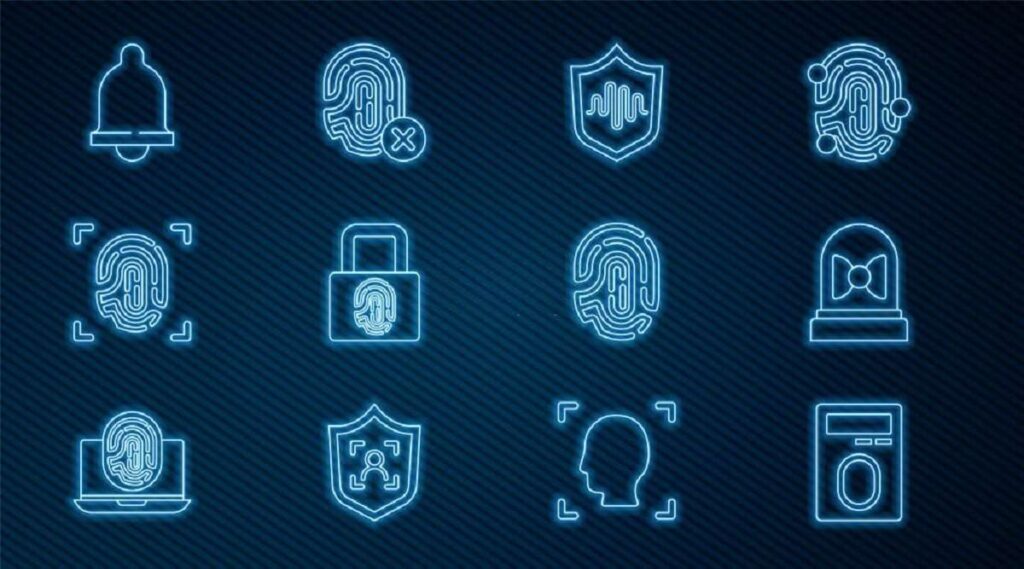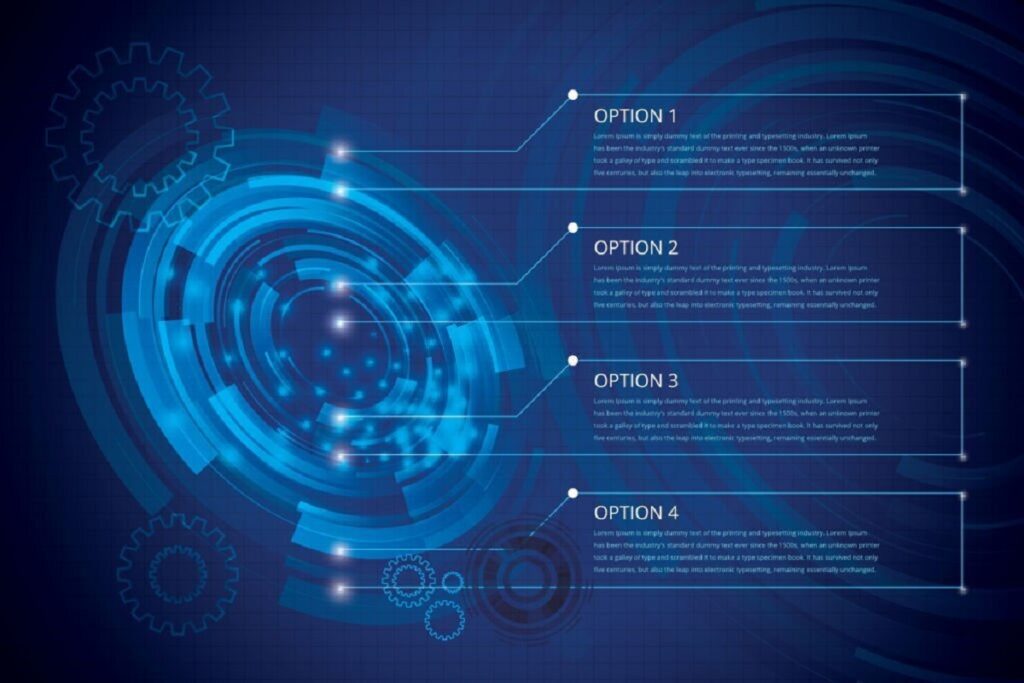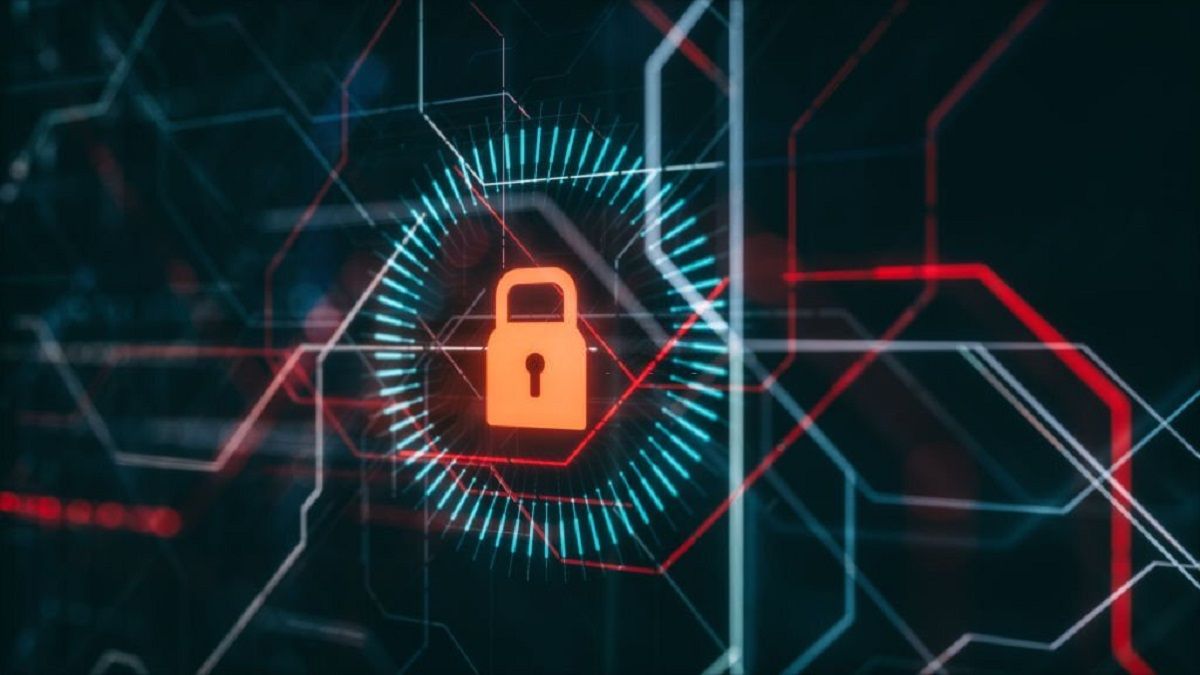In today’s fast-paced digital landscape, the importance of active security cannot be overstated. With the constant evolution of cyber threats and the increasing reliance on technology, individuals and organizations must take proactive measures to safeguard their digital assets. This article explores the concept of active security, its significance, and the strategies you can implement to protect yourself and your valuable information.

Table of contents
How does active security differ from passive security?
Passive security focuses on minimizing risks and vulnerabilities, while active security involves actively taking measures to prevent, detect, and respond to security threats.
- How often should active security measures be reviewed and updated?
Active security measures should be regularly reviewed and updated to adapt to evolving threats. Conducting security audits at least once a year and staying informed about the latest security practices are recommended.
- How can active security measures benefit e-commerce businesses?
Active security measures are vital for e-commerce businesses as they handle sensitive customer data and financial transactions.
1. Introduction
In today’s interconnected world, where technology plays a pivotal role, the security of our digital assets has become a paramount concern. Cybercriminals are constantly devising new methods to exploit vulnerabilities and gain unauthorized access to sensitive information. To counter these threats, active security measures are essential. This article delves into the concept of active security, its significance, and the strategies you can adopt to safeguard your digital world effectively.
2. Understanding Active Security
Active security refers to a proactive approach to protecting digital assets, focusing on identifying and mitigating potential threats before they cause harm. It involves the continuous monitoring of systems, real-time threat detection, and immediate response to security incidents. Unlike passive security, which primarily relies on preventive measures such as firewalls and antivirus software, security is dynamic and adaptive, actively hunting for vulnerabilities and addressing them promptly.
3. The Significance of Active Security
In the ever-evolving landscape of cyber threats, passive security measures alone are no longer sufficient. Active security offers several advantages that make it an indispensable component of an effective cybersecurity strategy. By actively monitoring and responding to threats, organizations can minimize the impact of security breaches, prevent data loss, and protect their reputation. Moreover, it enables swift detection of emerging threats and facilitates timely remediation, reducing the potential for long-term damage.

4. Key Components of Active Security
Active security encompasses proactive measures and real-time responses to immediate threats. Key components include intrusion detection systems, access control mechanisms, surveillance cameras, and alarm systems that actively monitor and protect physical and digital assets. Additionally, trained security personnel play a crucial role in responding to incidents swiftly and decisively. The synergy between technology and human intervention is fundamental in maintaining a robust active security system, effectively deterring and addressing potential risks as they occur.
4.1 Real-Time Threat Monitoring
Continuous monitoring of network traffic, system logs, and user behavior allows for the early detection of suspicious activities. Advanced security information and event management (SIEM) solutions can analyze vast amounts of data and generate real-time alerts, enabling swift responses to potential threats.
4.2 Intrusion Detection Systems (IDS)
Intrusion Detection Systems (IDS) monitor network traffic for signs of unauthorized access or malicious activities. They analyze network packets and compare them against known patterns or signatures of attacks, issuing alerts or taking proactive measures to mitigate the threats.
4.3 Proactive Incident Response
An effective incident response plan ensures a swift and organized response to security incidents. It involves clear roles and responsibilities, predefined escalation procedures, and regular rehearsals to ensure a rapid and effective response when an incident occurs.
4.4 Continuous Security Testing
Regular security testing, such as exposure assessments and penetration testing, helps identify weaknesses in systems, networks, and applications. By proactively identifying vulnerabilities, organizations can address them before they are exploited by malicious actors.
4.5 User Education and Awareness
Educating users about cybersecurity best practices and raising awareness of potential threats is crucial in maintaining a strong security posture. Regular training programs and awareness campaigns can empower users to recognize and report suspicious activities, reducing the likelihood of successful attacks.
5. Implementing Active Security Measures
Implementing security measures involves deploying a combination of technology and personnel to actively monitor, detect, and respond to threats in real time. This includes setting up intrusion detection systems, access control protocols, video surveillance, and alarm systems, as well as having trained security staff ready to react to incidents. The integration of these measures ensures a proactive and dynamic security approach, helping organizations and individuals prevent security breaches and swiftly address any emerging threats to safeguard their assets and well-being.
5.1 Firewalls and Network Segmentation
Implement firewalls to regulate incoming and outgoing network traffic, and consider network segmentation to isolate critical assets from less secure parts of the network. This approach limits the potential impact of a security breach.
5.2 Encryption and Data Protection
Utilize encryption to protect sensitive data both in transit and at rest. Encryption ensures that even if data is intercepted or compromised, it remains unintelligible to unauthorized individuals.
5.3 Security Audits and Penetration Testing
Regularly conduct security audits and penetration testing to identify vulnerabilities and assess the effectiveness of existing security controls. These assessments provide valuable insights into potential weaknesses and guide the improvement of security measures.
5.5 Incident Response Planning
Develop a comprehensive incident response plan that outlines the steps to be taken in the event of a security incident. The plan should include roles and responsibilities, communication procedures, and recovery strategies.
5.6 Employee Training and Awareness Programs
Educate employees about cybersecurity best practices and the potential risks they may encounter. Regular training sessions and simulated phishing exercises can help reinforce good security habits and reduce the likelihood of successful social engineering attacks.
5.7 Vendor and Third-Party Risk Management
When engaging with vendors and third-party service providers, assess their security practices and ensure they meet your organization’s standards. Establish clear contractual obligations regarding data protection and security to minimize the risk of breaches through external parties.

6. Best Practices for Active Security
Best practices for active security involve several key strategies. First, regularly assess and update security systems and protocols to stay ahead of evolving threats. Employ trained security personnel who can respond effectively to incidents. Implement robust access control measures and intrusion detection systems. Leverage real-time monitoring and incident response capabilities, and ensure seamless coordination among security components. Regularly educate staff and individuals on security protocols and maintain a strong culture of security awareness. These practices collectively create a dynamic and effective active security environment, reducing vulnerabilities and ensuring rapid threat mitigation.
6.1 Stay Informed and Up-to-Date
Stay abreast of the latest cybersecurity trends, emerging threats, and industry best practices. Regularly review reputable sources and participate in relevant forums and communities to stay informed.
6.2 Maintain a Strong Security Culture
Promote a culture of security within your organization. Encourage employees to prioritize security, report any suspicious activities, and actively participate in security initiatives.
6.3 Conduct Regular Risk Assessments
Perform regular risk assessments to identify potential vulnerabilities and evaluate the effectiveness of existing security controls. This proactive approach helps you stay one step ahead of evolving threats.
6.4 Backup and Disaster Recovery Planning
Regularly back up critical data and establish robust disaster recovery plans. In the event of a security incident, having reliable backups ensures minimal data loss and facilitates business continuity.
6.5 Develop an Incident Response Plan
Create a well-defined incident response plan that outlines the necessary steps to be taken when a security incident occurs. This plan should include communication channels, incident containment procedures, and post-incident analysis.
6.6 Foster Collaboration and Information Sharing
Engage in collaborations and share information with other organizations and cybersecurity professionals. By working together, and sharing insights and threat intelligence, the collective defense against cyber threats can be strengthened.
6.7 Engage with Cybersecurity Professionals
Consider engaging the services of cybersecurity professionals or partnering with managed security service providers (MSSPs) to augment your security capabilities. Their expertise and specialized tools can provide valuable insights and ensure comprehensive protection.
7. Active Security Best Practices
To optimize active security, consider the following best practices:
- Regularly update security patches and software versions.
- Enforce strong and unique passwords across systems and applications.
- Implement multi-factor authentication for enhanced access control.
- Train employees on security awareness and safe online practices.
- Regularly backup critical data to mitigate the impact of ransomware attacks.
- Conduct regular security audits and penetration testing.
- Partner with reputable security vendors and leverage their expertise.
- Stay informed about the latest security trends and emerging threats.
8. Educating Users on Active Security
User awareness and education are essential components of active security. By educating employees and individuals about common security threats, social engineering techniques, and safe browsing habits, organizations can foster a security-conscious culture and minimize the risk of successful attacks.
9. Active Security and Compliance
Active security measures align with various compliance frameworks, such as the General Data Protection Regulation (GDPR) and the Payment Card Industry Data Security Standard (PCI DSS). Implementing active security practices helps organizations meet regulatory requirements and ensure the protection of sensitive data.
10. Future Trends in Active Security
As cyber threats continue to evolve, active security will evolve alongside them. Some future trends in active security include:
- Integration of artificial intelligence and machine learning for advanced threat detection.
- The use of blockchain technology for enhanced data integrity and authentication.
- Increased focus on cloud security and the protection of cloud-based assets.
- Collaboration between organizations and sharing of threat intelligence for collective defense.
- Application of zero-trust architecture principles for secure access control.

FAQs
Yes, active security measures can significantly reduce the risk of malware infections. By utilizing real-time monitoring, strong antivirus software, and timely software updates, you can detect and prevent malware from compromising your systems.
Absolutely! For mobile devices, you can implement measures like enabling device encryption, using secure app stores, installing reputable security apps, and regularly updating the device’s operating system to mitigate security risks.
Active security measures can help combat phishing attacks by implementing email filtering systems, conducting phishing awareness training for employees, and using web browser extensions that detect and block suspicious websites.
Encryption plays a crucial role in active security by securing sensitive data in transit and at rest. Implementing encryption protocols and using secure communication channels can protect your data from unauthorized access.

